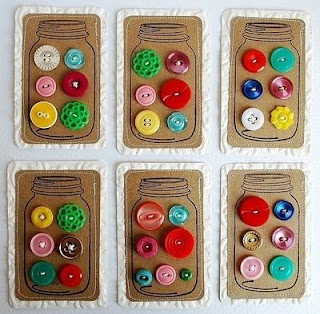Square papers are being folded into triangular shape. A triangle is being cut out at the "Right Angle" area of the papers.
Figure 1: Two folds were made.
Figure 2: Three folds were made.
Figure 3: Four folds were made.
Question of the day: How do you think the 4th figure will be like?
Posting this activity for the children would spur their ability to visualize and reflect on their inference and findings. Children will have to be able to see the patterns in the 3 figures and visualize what they think the 4th figure will look like.
Children should be ask to pen down their learning onto a table form with three different questions.
- What do you see from the three figures?
- What do you think of the three figures?
- What do you wonder the 4th figure will look like?
This activity does not require the children to come out with the correct answer but to assess their ability to see patterns, visualize the next figure, and provide a reason for their inference.
Before you start scrolling down to see the answer, try to wonder how the forth figure will look like and provide a reason for your inference!
.
.
.
.
.
.
.
.
.
.
.
.
.
.
.
.
.
.
.
.
.
.
.
.
.
.
.




.jpg)








